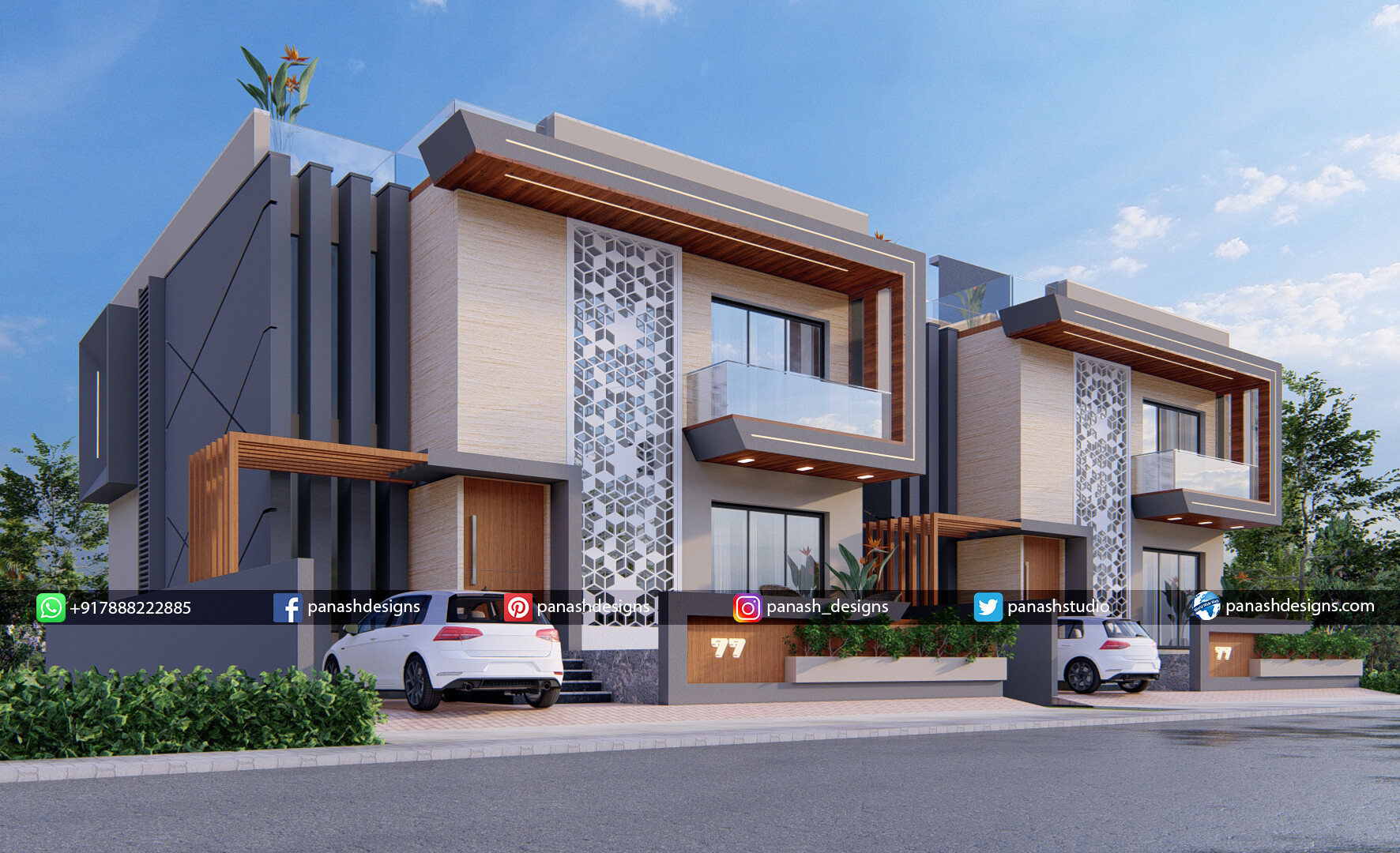Table Of Content

“Older kitchens are smaller than what we’ve come to think of as normal and functional,” she notes. The California bungalow’s popularity was propelled by a growing interest in the Arts and Crafts Movement. At the trend’s root was an emphasis on economic and industrial reform in response to the heavy industrialization of the Victorian era. With California’s beautiful climate, the California bungalow was a natural fit.
Plan 4971
Serendipity House / Wallflower Architecture + Design - ArchDaily
Serendipity House / Wallflower Architecture + Design.
Posted: Wed, 23 Aug 2023 07:00:00 GMT [source]
You’ll likely find a steeply pitched roof, grand chimneys, ornate half-timbered exteriors, narrow and tall windows, and decorative details around the doors. The Bungalow house is a classic home style, taking a queue from the Craftsman style house popularized during the early 1900s. Often used to describe a smaller, single-story house with minimal detail, a bungalow house style is much more than just a simple style. You’ll find these charming homes in many different architectural styles and appearances, suitable for first-time homebuyers or those looking for a smaller home to call their own. Let’s look at what’s helped the bungalow home stand the test of time as one of many popular house styles.
Corner Villa / Arash Madani Design House - ArchDaily
Corner Villa / Arash Madani Design House.
Posted: Sat, 23 Sep 2023 07:00:00 GMT [source]
Intimate, elegant, and timeless in West Hollywood’s heart.
Pioneers of the American Arts and Crafts Movement, they underscored the natural beauty and fine craftsmanship of the California bungalow with Pasadena’s Bandini house, erected in 1903. However, the enormity of this home earned the distinct sub-classification known as the ultimate bungalow. At the heart of the bungalow style stood the California bungalow, a design with nuances endemic to this state. Often erroneously used synonymously with Craftsman designs, California bungalows were basically smaller variations of the Craftsman. Both borrowed heavily from an Indian style of architecture known as baṅgalo.
What is a bungalow house plan?
The California bungalow typically uses shingle or horizontal siding out of woods such as Redwood or stucco, maintaining that natural feel. Additionally, it's important to consider storage when designing a bungalow house. Bungalows often have a smaller footprint than other home styles, so maximizing storage space is crucial. Built-in cabinetry, shelving, and closets can help create a clutter-free environment and maximize the available space. Berman is a fan of bungalows for their indoor-outdoor living capabilities.
No part of this electronic publication may be reproduced, stored or transmitted in any form by any means without prior written permission of The House Designers®, LLC. “Small can be cozy, but it can also feel a bit tight, especially if you’ve got a big family,” Rohani admits. Abcarian points out that the limited space can be especially challenging in the kitchen, which many view as the heart of the home.

Fun-Filled Things to Do in Rocklin, CA if You’re New to the City
But just as many, if not more, argue that the bungalow court doesn’t go far enough to address the problem. In 1989, appreciation for the bungalow court was resurrected in the place where it all began. Pasadena City Council passed new housing regulations requiring future multi-family housing developments to be punctuated by a central courtyard.
What is a Bungalow House Style? Quaint, Classic, and Full of Craftsman Charm
They also have wide chimneys, contrasting exterior materials, and decorative doorways, making this a unique spin on the classic bungalow style. Bungalow house plans typically feature an open floor plan, with a central living space that flows into the dining area and kitchen. The bedrooms and bathrooms are often situated on one side of the house, providing privacy and separation from the main living areas. Bungalow house plans were initially designed to respond to the trend of larger, more ornate homes that were popular in the late 19th century. Bungalows were seen as a more modest and practical alternative, focusing on functionality and simplicity. In addition, the open floor plan and wide front porch were also designed to encourage a sense of community and promote outdoor living.
The exterior of a California bungalow is often made of stucco, horizontal wood siding, or shingles. But there are a handful of defining elements that most bungalows have in common. Bungalows came from India, sort of—variations of the word existed for hundreds of years before any bungalows showed up in England or the U.S.
On the exterior, expect to see a low-pitched roof with gables and dormers, covered porches with wide overhanging eaves, and plenty of rustic charm from natural finishes like stone and wood. A bungalow house plan is a type of home design that originated in India and became popular in the United States during the early 20th century. This house style is known for its single-story, low-pitched roof and wide front porch. Bungalow homes originated as smaller homes that utilized space efficiently and created warm and cozy spots for communal and family gatherings.
Some Chicago bungalows have their entrances off to one side of the home rather than in the middle. While the bungalow has its roots in the Craftsman style, it originated in India. Taking its name from the Hindustani word “Bangala,” translating to “belonging to Bengal,” the bungalow’s true beginnings started in Bengal, India, during the 19th century. During the British colonial occupation, travelers often stayed in these style homes when visiting the country. As a result, bungalow homes became popular in England, eventually gaining traction in the US during the early 20th century.
Newer-built modern homes in the bungalow style are often much larger than their traditional counterparts. With larger square footage, these ultimate bungalows combine the aesthetic style of a bungalow home with the modern desire for wide open space. As with other Tudor-style houses, Tudor bungalows have more flair and detail than the standard bungalow home.
They extend the square footage of the home and create more usable living space, depending on the season. Many bungalows have a second story or a half story or loft, but it’s rare to have a second-story porch. This unique detail gives the home design above visual interest while adding some outdoor living space. The semi-enclosed porch on the main floor is also a bungalow-specific characteristic. However, building a new single storey house or renovating a bungalow presents an opportunity to create a unique home, tailored around your needs.
The square footage of a typical bungalow can vary depending on the specific design and location of the home. However, a bungalow is generally a relatively small house that typically ranges from 800 to 2,000 square feet. Regarding bedroom placement, bungalows typically have all the bedrooms on the main level. This provides easy access to all areas of the home and is ideal for those who prefer to avoid stairs. Additionally, having all the bedrooms on one level offers greater privacy and security.
The term bungalow is derived from the Hindi word bangla, which means ‘belonging to Bengal’ and refers to a type of cottage built for early European settlers in Bengal. Around the world, bungalow style homes are popular but often carry different meanings. In Singapore, Malaysia, and South Africa, for example, bungalow is a term used interchangeably with ‘single-family home.’ These homes are often large and owned by wealthy families. By contrast, in the United States, much of Europe, and Australia, bungalow refers to a particular style of home and is usually much smaller.
To avoid deep floorplans, look to design more linear arrangements such as T-shape or L-shape plans, or to break the plan up into smaller components, which can be staggered. Although commonly thought of as being solely for those with accessibility issues, living in a bungalow actually holds many benefits over multi-storey living. If you’ve decided that the quaint bungalow house is the right home for you, Redfin can help you find one in your area.
Using several cladding materials instead of just one can provide interest and help break up the building. Highlighting gables and projecting elements with contrasting materials also works well. Here, we explain what your top bungalow design considerations should be and offer the best solutions when it comes to floorplans. Despite the many advantages of single storey homes the word ‘bungalow’ still throws up negative connotations for some, such as the post-war, poorly constructed properties of the past. Highly inspired by the natural and rustic materials, you could find these in stained brown or dark green to easily blend in with the local landscape.

No comments:
Post a Comment